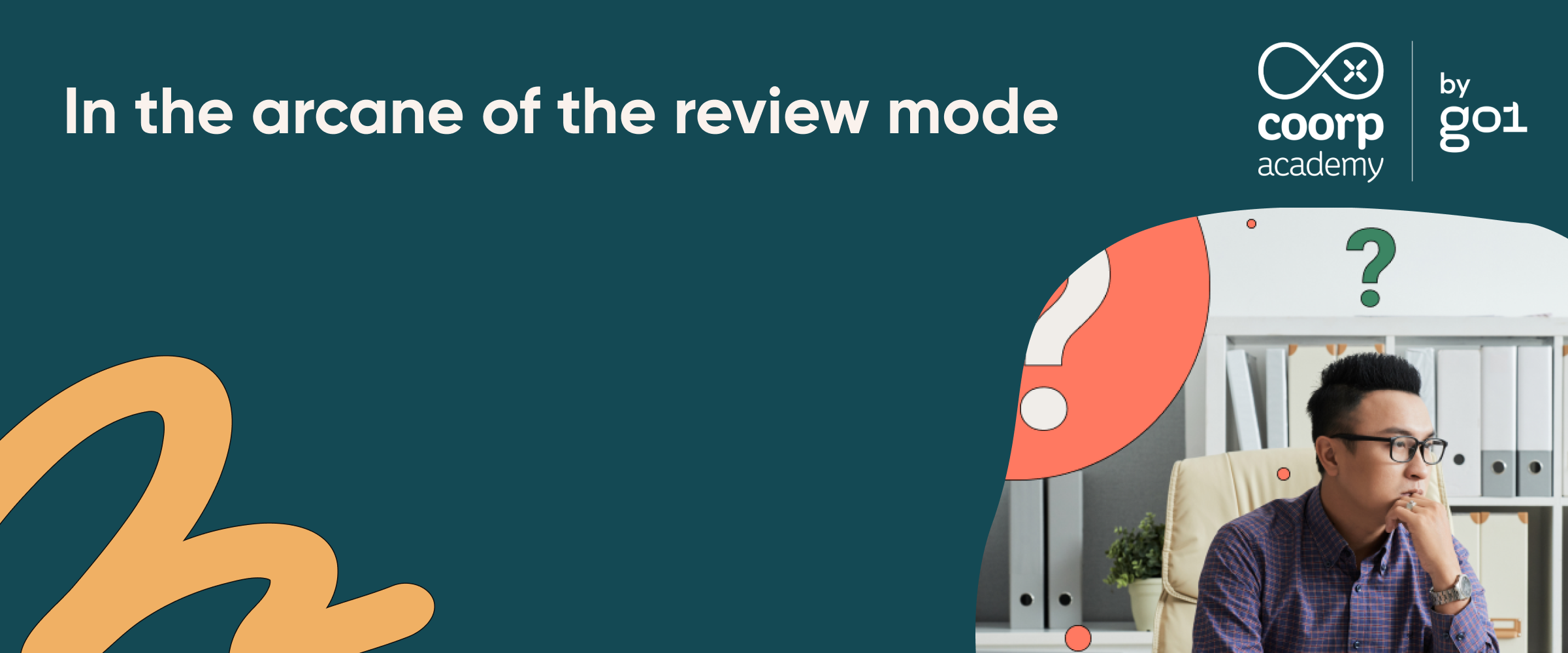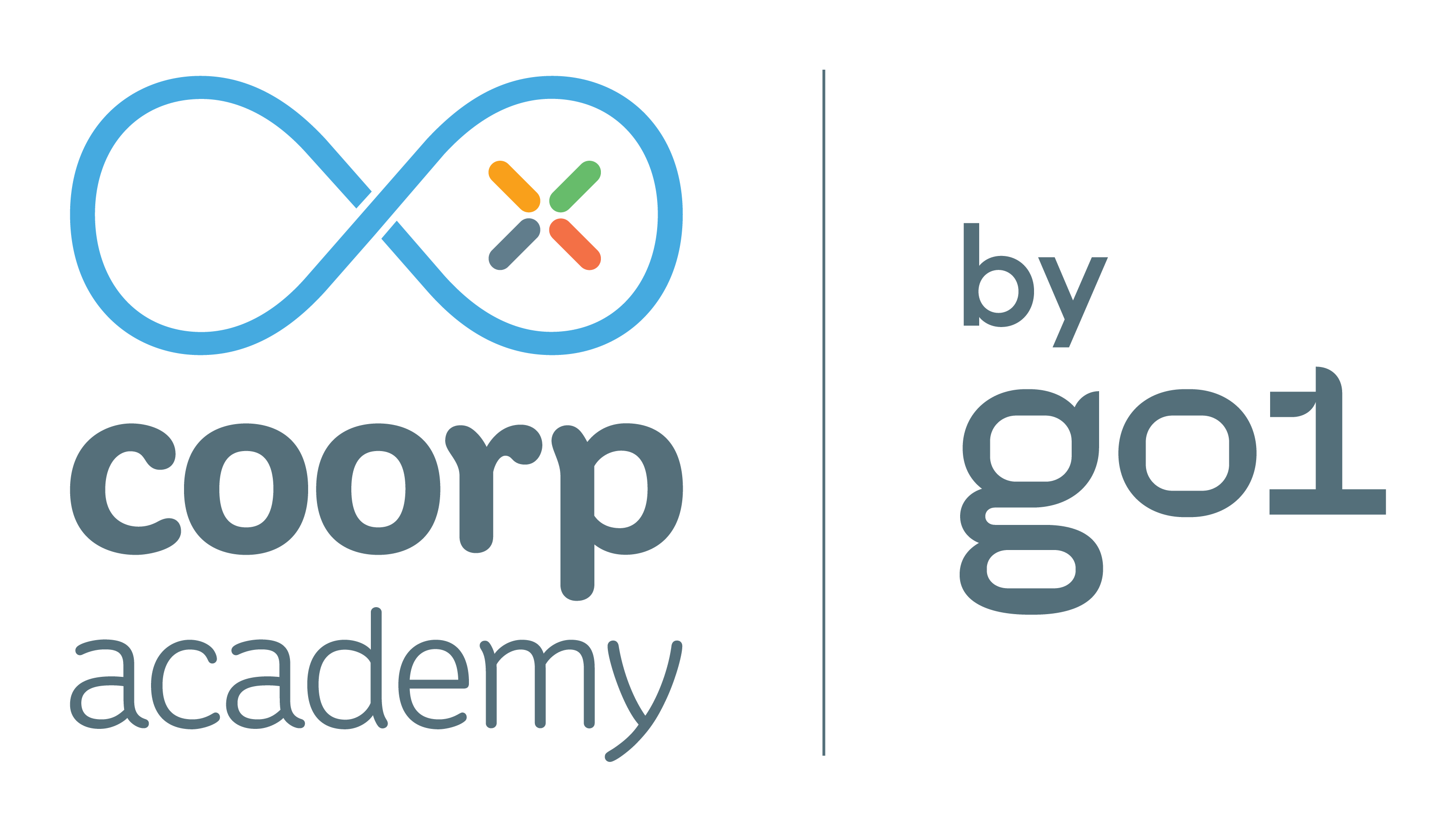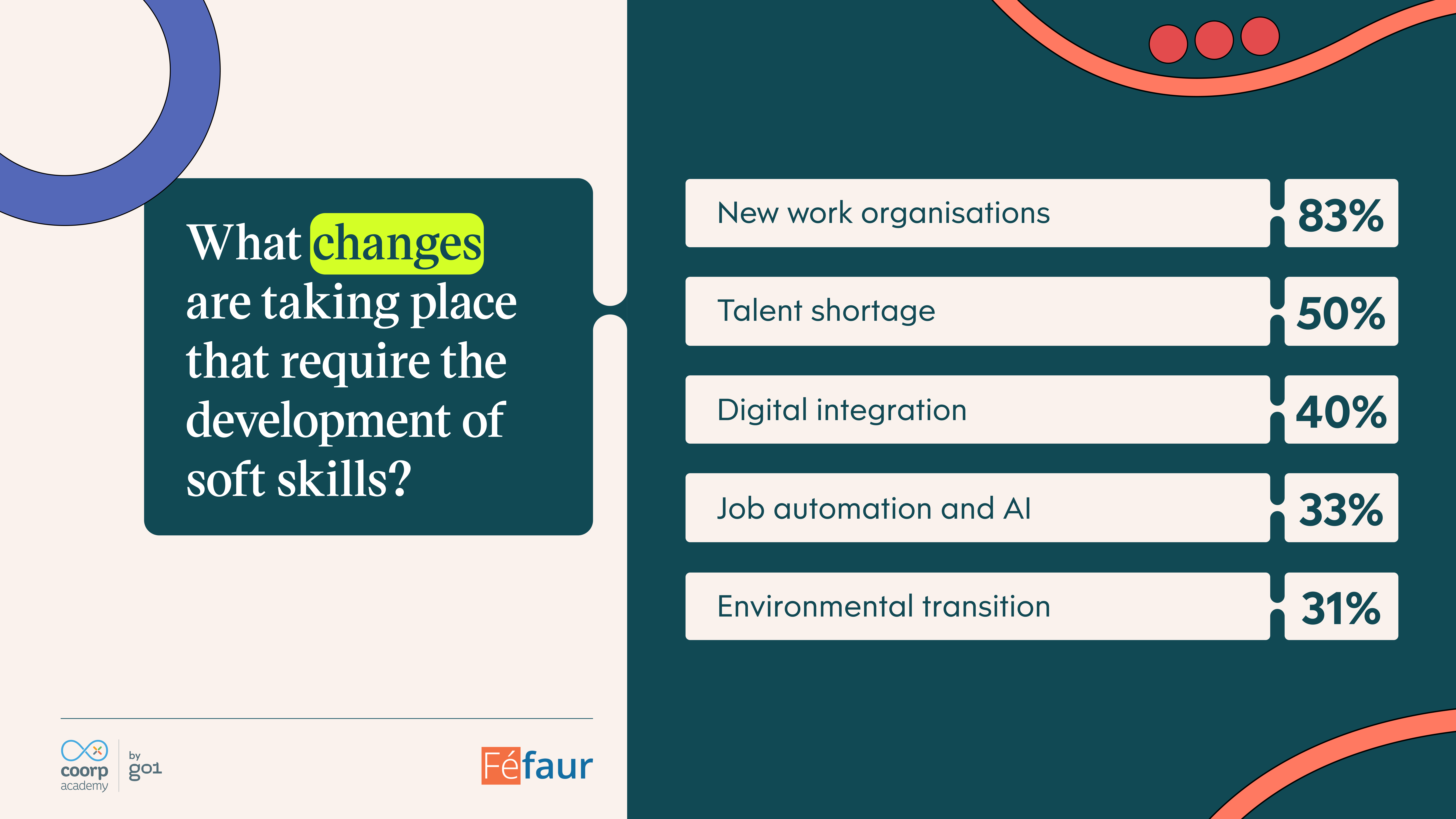In the arcane of the review mode
Learning Innovation

Do you sometimes feel like you have a goldfish memory? This is normal: our brain tends to forget new information 48 hours after learning it.
This is why, in a learning process, there is a particularly important issue from a pedagogical point of view: the retention of knowledge in the long term. The new revision mode of Coorpacademy by Go1 guarantees learners an excellent memorization of the contents learned (without having to resort to the old-fashioned index cards, I promise!).
The forgetting curve, a normal phenomenon
Without repetition, information – seen, read, heard… – evaporates. This is called “The forgetting curve”, theorized by the German philosopher and psychologist Hermann Ebbinghaus in the 19th century. According to his research, of which he was the guinea pig, we would forget about half of the information in a few days. Of course, this forgetting time depends on several parameters: type and quantity of information, profile of the individual, previous knowledge, learning conditions, etc. The phenomenon is quite normal, as forgetting is an integral part of learning: in fact, in order not to saturate, our brain sorts out useful and useless information.
The brain is more likely to retain your credit card code than an obscure math formula learned in high school. But what if you really wanted to remember that formula? What if it wasn’t just one formula, but a whole course on second degree functions, for example? You would have to set up a voluntary memorization strategy, with cardboard cards like in the good old days and regular reminders to reactivate your knowledge. This requires a good dose of personal motivation. That’s why a dedicated tool, allowing the automation of the revision, can make all the difference.
Synthetic and quick: the goal of the revision mode is to get to the point!
The objective of the revision mode is to offer a solution to our learners so that the knowledge provided on our platform is permanently acquired. The rule is simple: the course questions that the learner has answered are stored, as well as the status of each question: validated or not. When the learner wants to revise, he/she launches the revision mode and selects the skill he/she wants to improve: 5 questions associated with this skill are then proposed to him/her in a random way, and in a purified version, in the manner of flashcards (no clues, no “did you know”, only the question, the suggested answers and the key point). It is synthetic and quick: the goal is to get to the point! Of course, the learner can link as many sets of 5 questions as he/she wants, as long as there are still some in stock.
When developing the algorithm for the revision mode, a question arose: how to define the ideal moment to instill the reminder? Based on the logic of the forgetting curve, it was necessary to be able to present the notion to be revised to the learner just before it was erased from his memory, and thus to flatten the curve as much as possible by spacing out the delay between each recall, as the revision sessions progress.
The right time to review (or the background of the construction of our algorithm)
But what is this opportune moment? How do we know how long it takes, on average, for information to get lost in the brain’s limbo? As we said before, about half of the information is erased in a few days: this is called the half-life time. But this forgetting time depends on various factors. That’s why we decided to study the behavior of our users on all the contents of our own platform in order to define this time and to propose the experience best adapted to the uses of our learners.
To do this, we had to study the questions that learners had answered at least twice (eliminating those that were too scattered over time, which would have produced data that was not very meaningful). Out of a total of nearly 35 million questions, we were able to analyze about 50,000 that met the desired criteria. We obtained a scatterplot evoking an exponential downward curve, which supports Ebbinghaus’ theory. From this data, we were able to estimate the average half-life time for our learners, which is 6 days. In sum, a user has a 50% chance of forgetting the information after this time.
From this information, we were then able to define the parameters of the algorithm. Each time a learner reviews a question, the algorithm will calibrate the new half-life for the next recall shot, based on whether the learner passed or failed that question. Thus, if the learner answered correctly, the recall time will be extended; if he or she got it wrong, the question will be offered more quickly.
And to further motivate our learners, double the number of stars – 8 instead of 4 – will be awarded for each question they answer correctly. This is a great way to quickly climb the rankings… as long as you study regularly!


